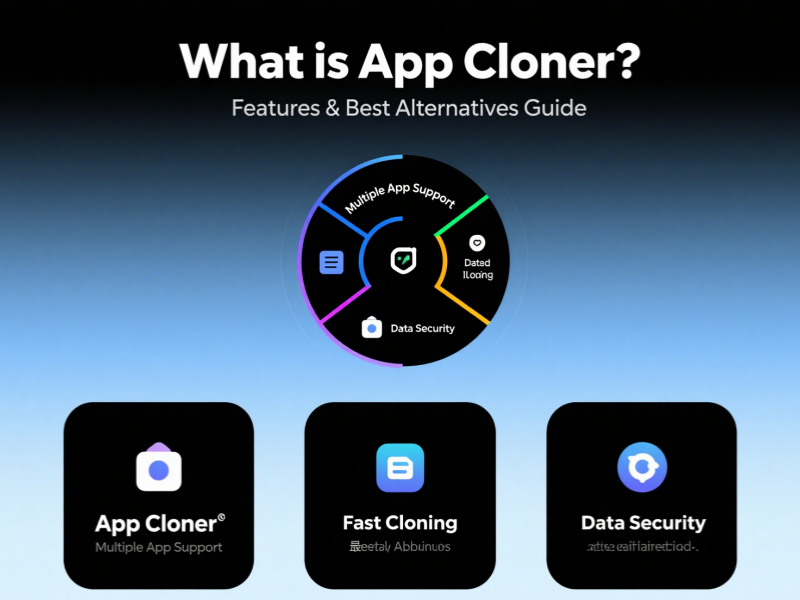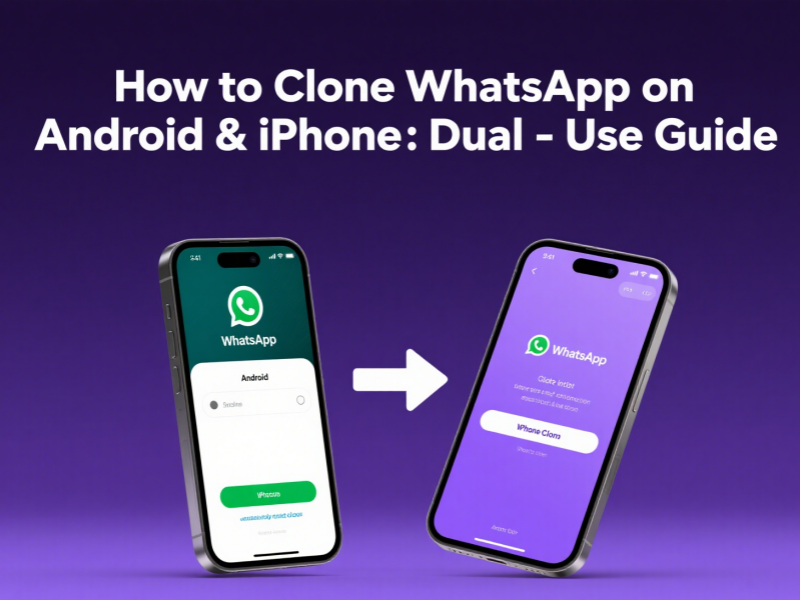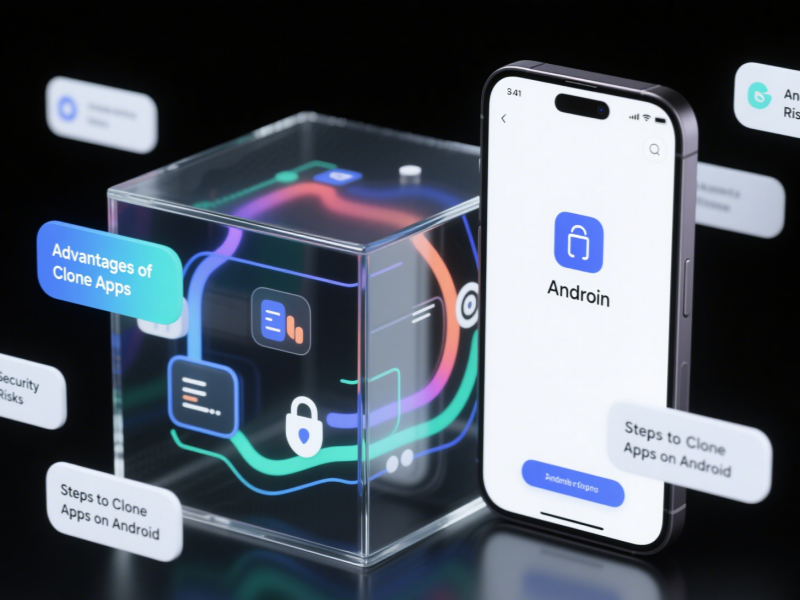In an era where video dominates online interactions, YouTube, with its massive user base and rich content, has become an industry benchmark. However, it’s not suitable for all scenarios. As a result, “YouTube clones” have gradually emerged. These aren’t pirated versions of YouTube, but rather video-sharing tools tailored to specific needs, drawing on the core YouTube model. Whether it’s local communities sharing local events or creators building their own fan base, these clones offer more targeted services.
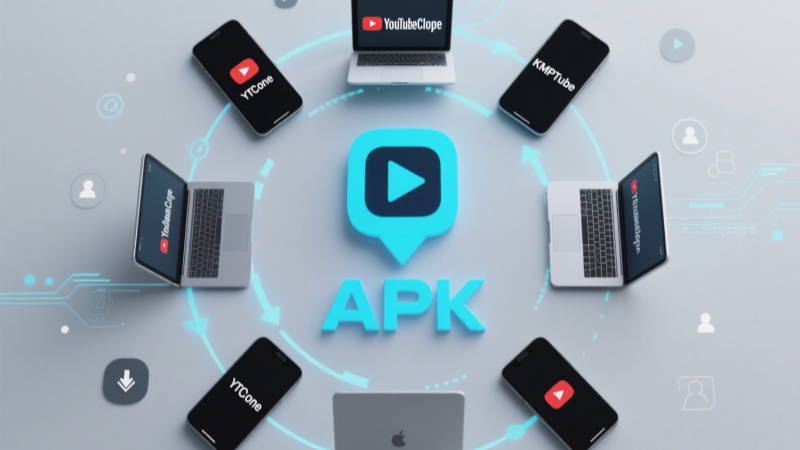
This article will delve into the nature of YouTube clones, their useful features, noteworthy apps, and how to safely obtain their APKs. This comprehensive guide will help creators and communities find the right video sharing solution for their needs.
What Exactly Is a YouTube Clone?
YouTube clones are video-sharing platforms that replicate YouTube’s core functionality, available on various websites and mobile apps. They replicated the interactive features of upload, play, search, like, comment, and subscribe etc. It provides a similar user experience without being pirated.
Official clones are developed based on original technology, without plagiarizing content or code. They emphasize customization: educational institutions can use them as internal course libraries, businesses can use them for employee training, and niche communities can gather similar users. They can adjust permissions and remove ads as needed, focusing on specific needs. This makes them flexible video-sharing solutions, not replacing YouTube, but rather complementing its lack of universality.
Core Features
Customization and Targetedness
Unlike YouTube’s global, all-inclusive approach, clones often serve specific scenarios:
Educational institutions may use them to build internal video course libraries with restricted access.
Businesses may use them as employee training platforms, uploading product tutorials and process instructions.
Niche communities use them to gather similar users and avoid being overwhelmed by the massive content on larger platforms.
Common Forms
Website Platform: For user use within a browser, suitable for content management and large-scale distribution.
Mobile App (YouTube Clone App): Available on Android or iOS, allowing users to easily watch and upload videos on their phones. Some apps also provide APK installation packages (YouTube Clone APK) for Android users to download.
In short, the value of YouTube clones lies in flexibly adapting the “video sharing” model to specific scenarios, providing users with a more focused and controllable content ecosystem.
What Makes a Great YouTube Clone App?
Not all YouTube clones are created equal. The best ones balance familiarity (so users don’t have to learn a whole new system) with useful tweaks. Here’s what to look for in a solid YouTube clone app:
Smooth video handling: It should let users upload videos in common formats (MP4, MOV) without glitches, stream in HD or 4K.
Simple search: No one wants to scroll endlessly. A good clone will let you search by title, keyword, or creator, with filters for “most recent” or “most watched.”
Control over content: Unlike YouTube, which has strict (and sometimes confusing) moderation rules, a clone lets you set your guidelines. A school might block swear words; a music community might allow explicit lyrics.
I tested one clone built for indie musicians last year, and what stuck out was how easy it was to use. Uploading a music video takes just two clicks, and fans can tip directly through the app. Musicians can see exactly who’s watching—YouTube’s analytics are hidden behind vague “demographics.”It felt personal, which is the whole point.
Popular YouTube Clone Apps to Check Out
While there’s no “one best” clone (it depends on your needs), a few stand out for their flexibility and user-friendliness:
StreamLocal: Built for small communities, this app lets users tag videos by neighborhood or interest (e.g., “Downtown Food Trucks” or “High School Sports”). It’s lightweight, so it works on older phones, and it’s free for up to 500 users.
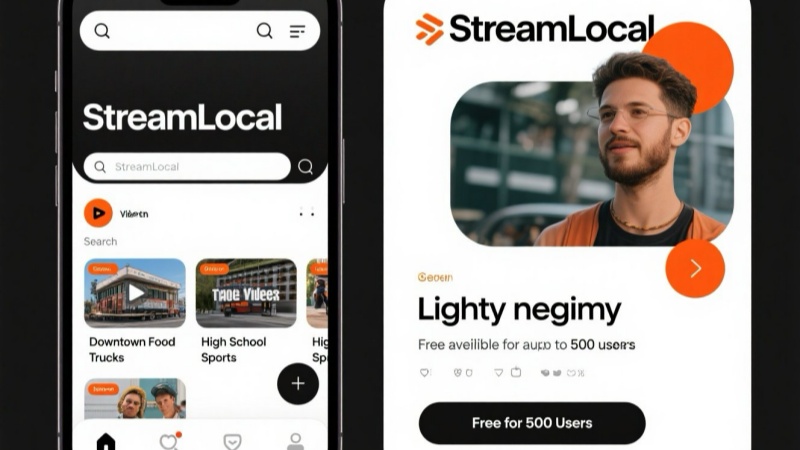
CreatorHub: Designed for independent artists, this clone focuses on direct fan interaction. You can host live Q&As, sell merchandise through the app, and even let fans vote on your next video topic.
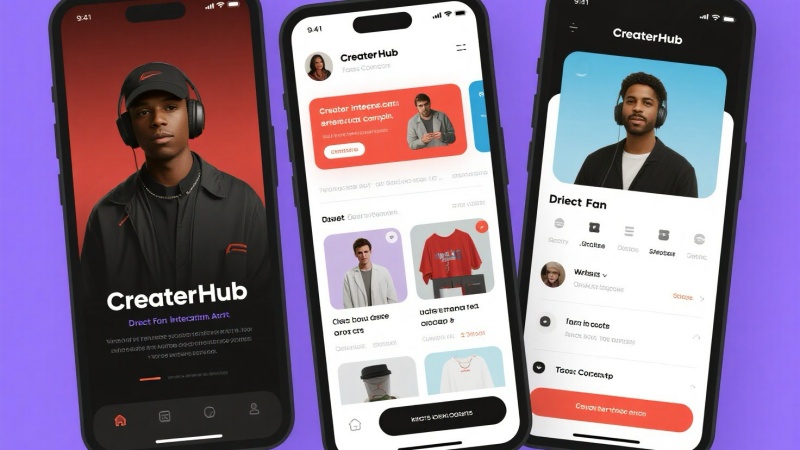
EduShare: Made for schools and colleges, it includes tools like “video quizzes” (students answer questions while watching a lecture) and restricted access (only enrolled students can view content).
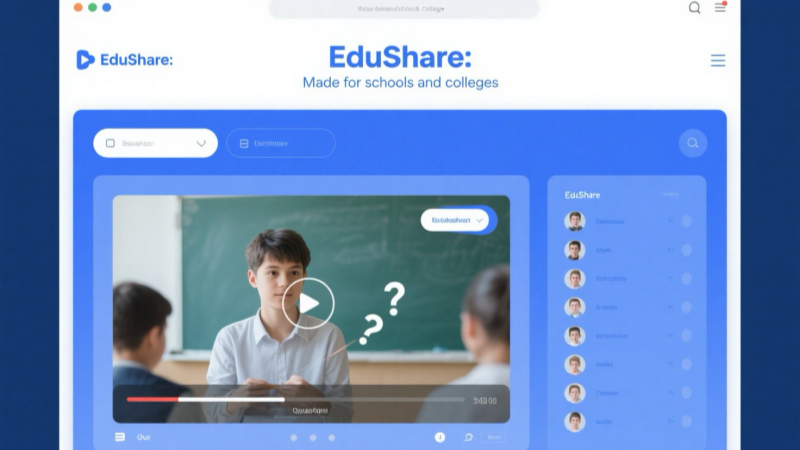
Each of these started as a simple idea: “What if YouTube worked for us?” That’s the magic of clones—they solve specific problems.
Getting the YouTube Clone APK: What You Need to Know
If you’re using an Android device, you might come across a “YouTube clone APK” when looking to install one of these apps. An APK is just the file format Android uses to install apps, similar to how Windows uses .exe files. Many clones aren’t on the Google Play Store, so you’ll download the APK directly from the creator’s website.
But here’s the catch: APKs can be risky if you get them from the wrong place. I once helped a friend troubleshoot a phone that kept crashing, and it turned out she’d downloaded a clone APK from a random “free apps” site—it was packed with malware. To stay safe:
Stick to official sites: Every legitimate clone will have a homepage with a “Download” button.
Update regularly: Developers push updates to fix bugs and security holes. Most clones have a “Check for Updates” button in their settings—use it.
How to Safely Download a YouTube Clone App
Whether you’re on Android or iOS, downloading a YouTube clone app takes a little more care than grabbing something from the App Store. Here’s how to do it right:
For Android users: Go straight to the app’s official site for the APK. Once downloaded, open the file and follow the prompts.
For iOS users: Apple is stricter about apps, so most clones won’t be on the App Store. Instead, developers might offer a “TestFlight” version (for beta testers) or an “enterprise build” (for organizations). You’ll need a link from the developer to install these—never trust a third-party site claiming to have an iOS clone.
A local community group I work with wanted to use a clone for their annual festival videos. We downloaded the APK from the developer’s site, checked the permissions (only camera and storage), and it worked perfectly. No ads, no random crashes—just a simple way to share videos with their 200 members.
Wrapping Up
This article systematically introduces YouTube clones. YouTube clones are not pirated versions of YouTube apps; rather, they replicate core functionality (such as video uploading, playback, and interaction) based on similar logic and are customizable video-sharing tools.
High-quality clones offer smooth video processing, community interaction, and precise search. They also allow users to control content rules and partially support creator monetization, making them suitable for niche communities, educational institutions, businesses, and other specific scenarios.
The article recommends popular clone apps such as StreamLocal and CreatorHub, while also emphasizing download safety: Android users should obtain APKs from official channels and pay attention to permission checks; iOS users typically install from links provided by developers. Legitimate clones, based on original code and without infringing copyrighted content, offer value in complementing YouTube’s lack of universal access, providing a more focused video-sharing space for specific groups and serving as a flexible tool connecting creators and communities.
FAQ
1. What’s the fundamental difference between a YouTube clone and YouTube?
A YouTube clone isn’t a pirated or remastered version of YouTube; it’s an independent tool built around the core logic of video sharing. It replicates basic functions like uploading, playback, and interactivity, but focuses on specific scenarios—for example, supporting private sharing within niche communities, internal corporate training, or allowing creators to customize their own rules (such as ad-free and self-moderation). YouTube, on the other hand, is a universal platform with a wide range of content but uniform rules, making it difficult to meet niche needs.
2. What are the security risks associated with downloading a YouTube clone APK, and how can they be mitigated?
The main risk comes from malicious files from unofficial sources, which may carry viruses or steal data. Mitigation measures include: downloading APKs only from the official website of the clone or from a certified developer platform; checking permissions before installation (e.g., ensuring unnecessary permissions like address book and location access are not required); scanning with antivirus software after downloading, and regularly updating the version through official channels.
3. Are there any copyright or legal issues associated with using a YouTube clone?
Legal YouTube clones must meet two requirements: first, they must be based on original code and not plagiarize YouTube’s technology or brand elements; second, they must only allow users to upload copyrighted content and prohibit the re-posting of infringing videos. As long as these two requirements are met, individuals or organizations using clones for legitimate content sharing are protected by law and are fundamentally different from piracy.
 This article will delve into the nature of YouTube clones, their useful features, noteworthy apps, and how to safely obtain their APKs. This comprehensive guide will help creators and communities find the right video sharing solution for their needs.
This article will delve into the nature of YouTube clones, their useful features, noteworthy apps, and how to safely obtain their APKs. This comprehensive guide will help creators and communities find the right video sharing solution for their needs.
 CreatorHub: Designed for independent artists, this clone focuses on direct fan interaction. You can host live Q&As, sell merchandise through the app, and even let fans vote on your next video topic.
CreatorHub: Designed for independent artists, this clone focuses on direct fan interaction. You can host live Q&As, sell merchandise through the app, and even let fans vote on your next video topic.
 EduShare: Made for schools and colleges, it includes tools like “video quizzes” (students answer questions while watching a lecture) and restricted access (only enrolled students can view content).
EduShare: Made for schools and colleges, it includes tools like “video quizzes” (students answer questions while watching a lecture) and restricted access (only enrolled students can view content).
 Each of these started as a simple idea: “What if YouTube worked for us?” That’s the magic of clones—they solve specific problems.
Each of these started as a simple idea: “What if YouTube worked for us?” That’s the magic of clones—they solve specific problems.

